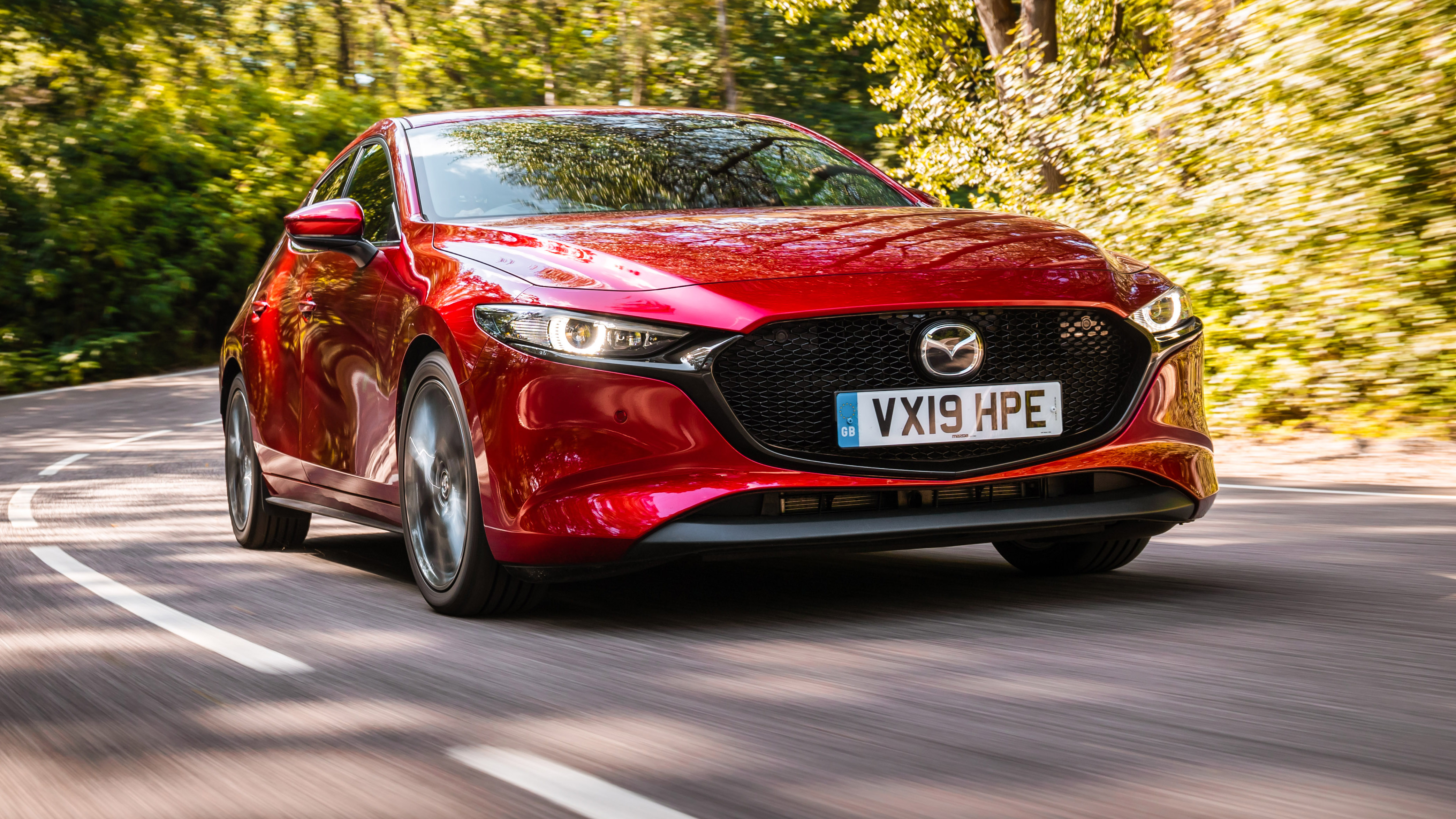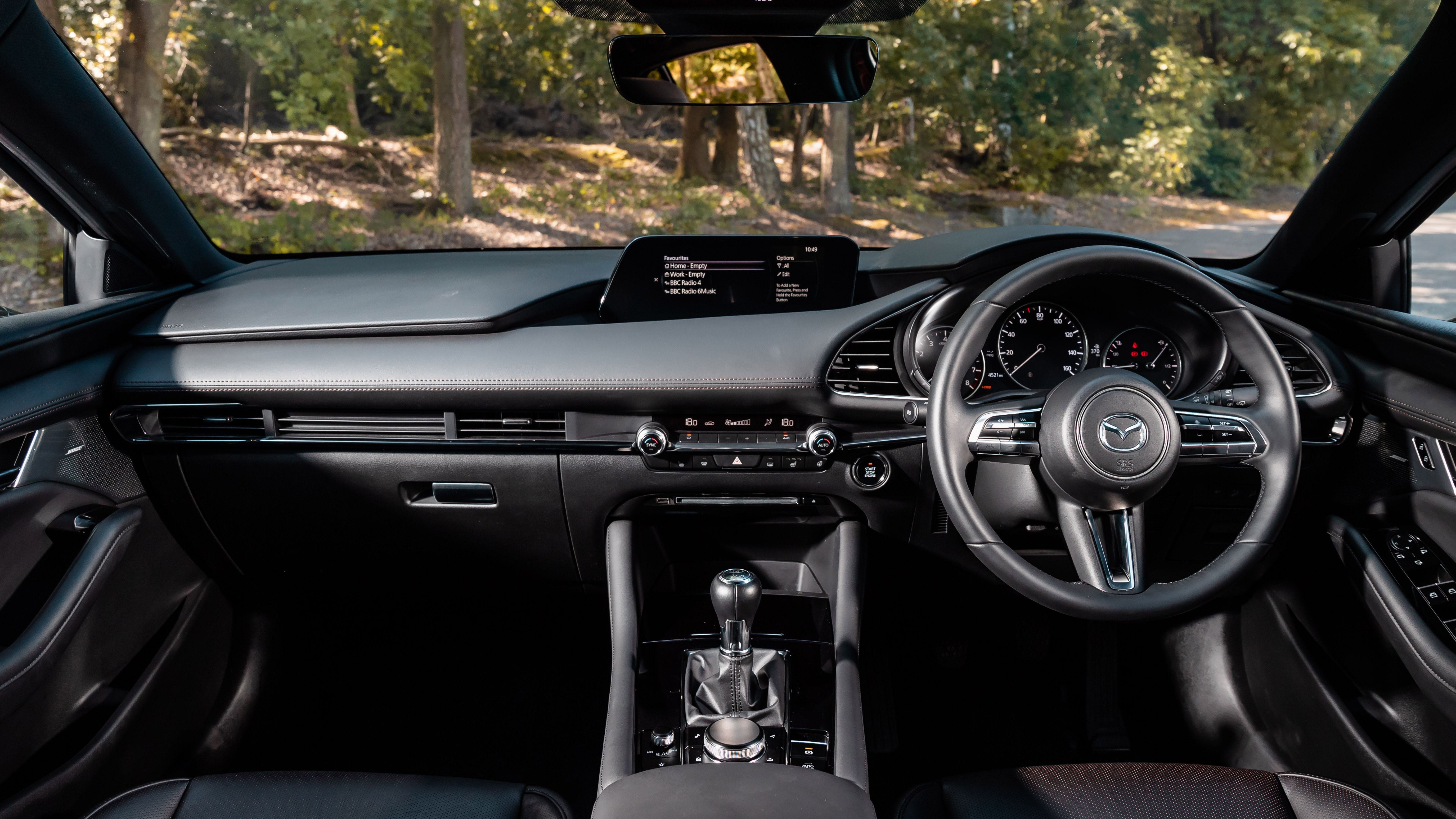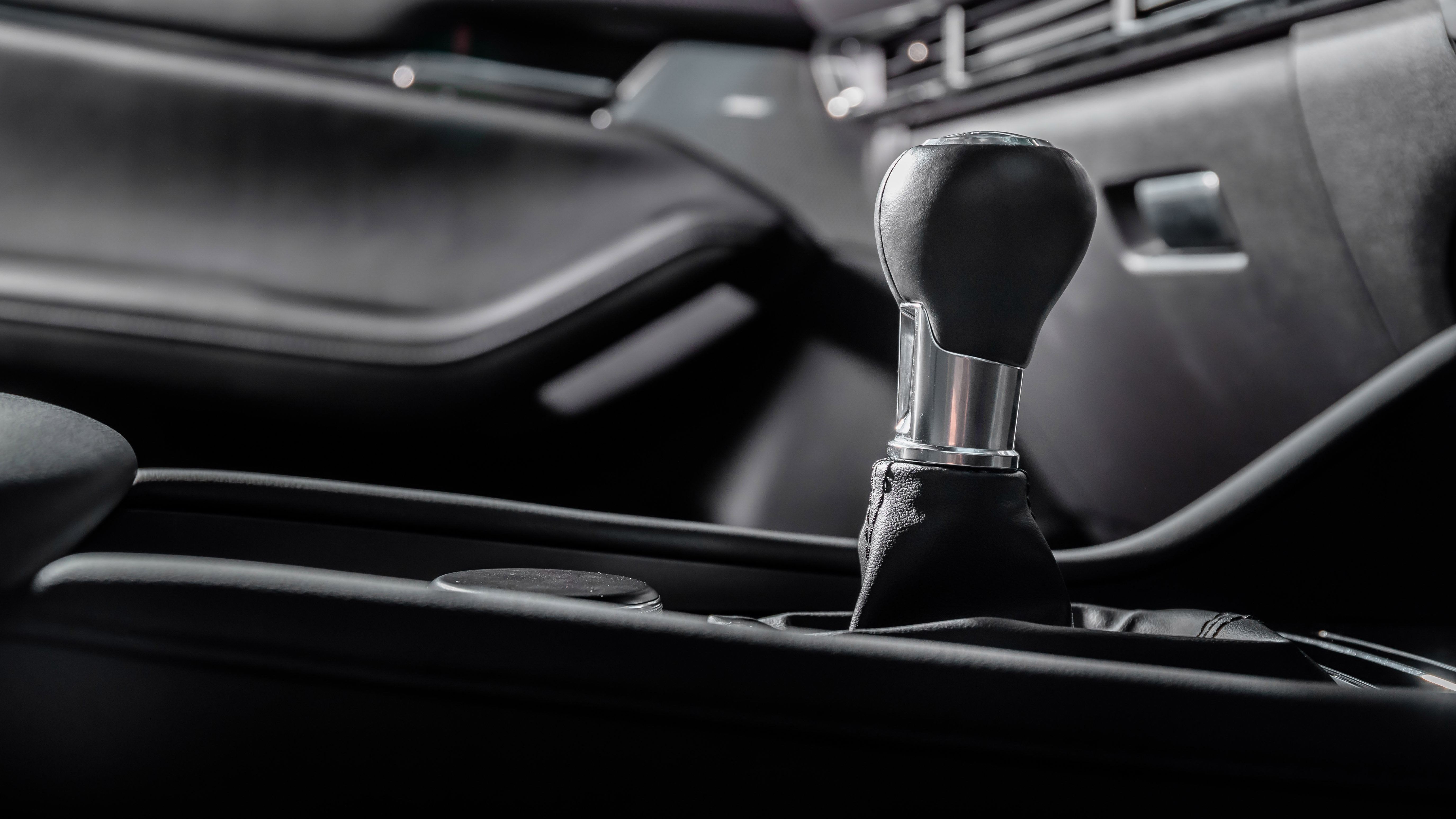
Mazda3 Skyactiv-G - long-term review
£24,595 OTR/£25,385 as tested/£237pcm
Does Mazda make a bad car?
It really is a pity people who want a family hatchback just default to the Ford Focus or Volkswagen Golf. Because good as those cars are (very), the Mazda3 has a great deal to offer. I mean, just look at it - as other manufacturers build ever-uglier cars, Mazda’s just get better and better-looking. In fact, I’d go so far as to say the new 3 is one of the best-looking ‘ordinary’ cars available today. Go on, prove me wrong...
And it drives almost as well as the Focus, has an interior that almost matches the Golf’s for quality and is available with a very clever new kind of petrol engine. Which, admittedly, this one doesn’t have. This is the first of two Mazda3s were going to run - the ‘control’ car, if you like, against which the next one (which will have the clever new engine) will be judged.
Said ‘clever engine’ is called Skyactiv-X. And it is very complicated indeed. You can read all about it by clicking right here, and we’ll go through it in more detail when our second 3 arrives in a few months’ time. But in essence it’s a 2.0-litre, four-cylinder petrol engine that uses something called ‘Spark Controlled Compression Ignition’ (or SPCCI). Theory is it uses spark ignition when cold or under heavy load, and diesel-like combustion ignition the rest of the time. Supposedly the benefits are the fuel efficiency and low-down torque of a diesel, while maintaining the high-revving character and refinement of a petrol.
Under the bonnet of our 3 is the Skyactiv-G petrol - also of 2.0-litres and four-cylinders, but with none of the clever SPCCI tech. Still interesting, though. See, Mazda is famous for being pretty much the only manufacturer to subscribe to the ‘rightsizing’ theory, which entails simply using an engine big enough to comfortably power the car to which it’s fitted without the need for forced-induction. That’s opposed to ‘downsizing’, which theorises that smaller engines use less fuel and produce fewer CO2s, and that you can make up for the inevitable power deficit by adding a turbocharger.
Practically, this is why the Ford Focus is available only with 1.0-litre and 1.5-litre turbo-petrol engines, while the Mazda3 gets only a 2.0-litre N/A petrol. Historically Mazdas tend not to do quite as well as small-capacity turbo cars in official economy tests, but are broadly as efficient in the real world. Let’s see if that’s the case this time around, too.
As for spec - Mazda’s line-up is pretty straightforward. SE-L, SE-L Lux, Sport, Sport Lux, GT Sport and GT Sport Tech. We’ve gone GT Sport, which is the UK’s most popular spec and, as the second-priciest trim, gets lots of kit. Pretty much everything, in fact. Ours is a manual (which is great - the auto isn’t) and fitted with no options bar £790 worth of Soul Red paint. Not through lack of trying - there are simply no options to spec.
So, what do you want to know about it?
Featured

Trending this week
- Car Review
BMW 1 Series
- Top Gear's Top 9
Nine dreadful bits of 'homeware' made by carmakers






